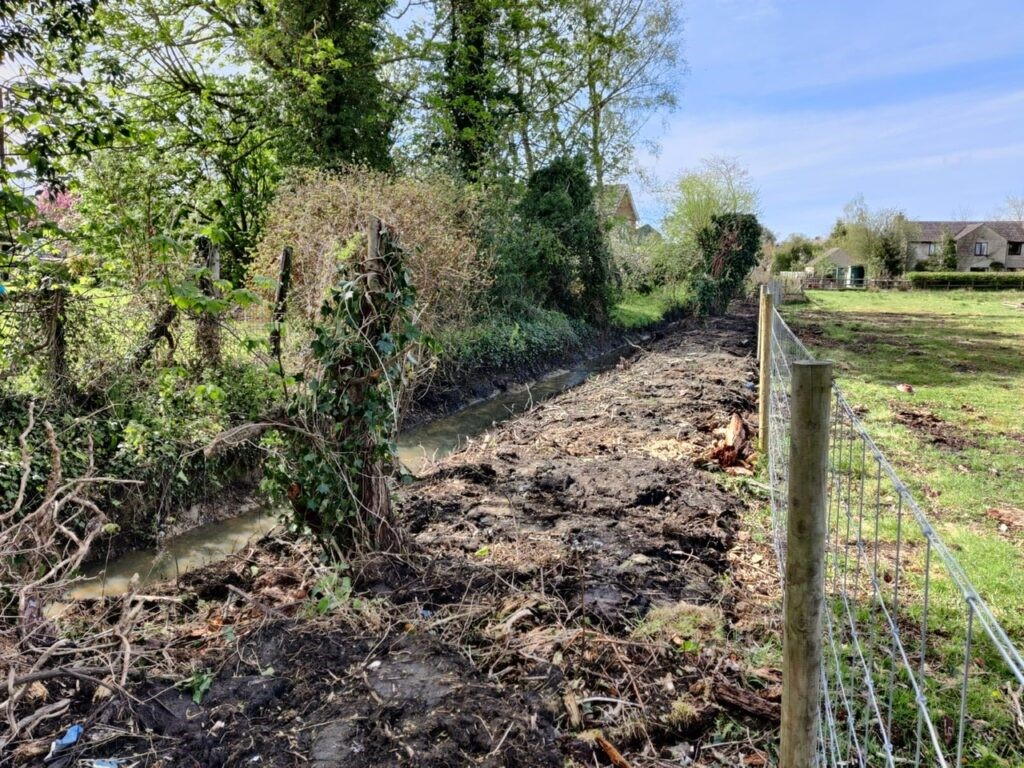Boundary and Neighbour Dispute Lawyers


Call for Price Enquiry
Description
There are so many boundary features (walls, fences, hedges, ditches etc.) that they are bound from time to time to cause tension between adjoining neighbours. Myths abound about things like “right hand boundaries” – but the only general rule to address the complex issues arising, is the so-called, “Hedge and Ditch Rule” – that when land of adjoining owners is separated by a hedge alongside a ditch then, in the absence of any evidence to the contrary, both the hedge and ditch will be deemed to belong to the owner of the land on the same side as the hedge. This rule rarely helps, because hedge-ditch combinations are uncommon.
Occasionally old plans mark boundary features with “T-marks”, that may indicate one owner or the other is responsible for the maintenance or ownership of that boundary feature. This is also rare, however. To ascertain whether it’s the case for your property would require some effort digging-into old plans on paper and/or at HM Land Registry, if there are any. The considerable effort (which would be costly, if we are asked to do it for you) would not normally be fruitful.
Where a boundary feature stands clearly on one side of the boundary, then the feature would normally be owned and maintained by land-owner on whose land the feature stands.
If there is some evidence who put the boundary feature up, that might also be relevant.
However, the normal position is that the boundary feature stands either on the boundary, or so close to the boundary that no-one can be sure which land-owner actually owns the feature – and there is no strong evidence where the feature originally came from [often the features are older than the tenure of the adjacent owners]. In those cases (i.e. the vast majority of instances) the Courts will simply infer the boundary features are party-owned, i.e. joint responsibility between adjoining neighbours – with no unilateral rights for either of them alone; the co-owners should co-operate in maintenance.
If a party feature is not being maintained by either side, then a neighbour might consider putting some screening feature of their own on their side of the party feature, so they don’t have to view the unmaintained party feature. That won’t prevent any obligation toward the party-feature, however.
If a party-feature clearly needs maintenance, then one owner could repair it even if the other refuses to contribute – a co-owner cannot insist a party feature remains in disrepair, even if they do refuse to contribute toward repairing it (even when they should do so).
A neighbour contemplating formalising a boundary dispute with their neighbour should consider these four serious “health-warnings” about what boundary-arguments can easily become:
- These are typically extremely acrimonious – only the “hard-as-nails” need apply; they are the domain of bullies – neighbours may well get personal, in person. If you are of a nervous disposition, the cure may well be worse than the disease.
- There would need to be investigation into the evidence, and often a surveyor’s report – all of which can be surprisingly costly considering the value of what’s probably at stake – normally strips of land less than a foot wide, or maintenance costing less than a thousand pounds.
- Usually these cases can be argued either way, and the Courts have wide discretion to decide – that makes the outcome unpredictable, that all involved dislike. Starting a dispute is no guarantee of winning the dispute.
- These disputes have a blight-effect on property value: you are not likely to be able to sell your property at all during the course of such a dispute, and even afterward the legacy can appreciably depress property values; no-one wants to live next-door to a proven aggressive or neglectful neighbour.
How long will it take?
Please Contact us for more details or see Solicitors Letter.
Money Matters
If you have any questions, require any further information, or would like to engage us on the T&Cs linked Our Terms in the footer below, please don’t hesitate to Contact Us.

